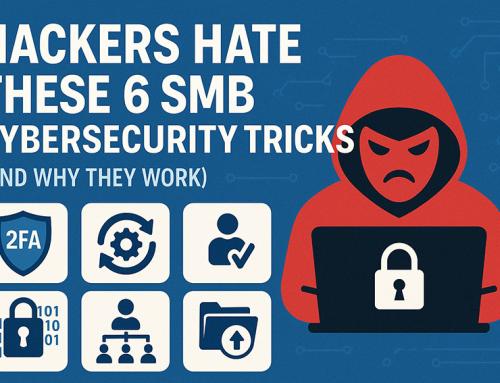Cloud services providers can more or less deliver your entire IT function as a service. But latency issues, unpredictable monthly fees and varying levels of vendor support are causing some companies to think twice. Here’s how a hybrid cloud environment solves those problems.
Understanding the problem
While the cloud offers enormous potential to deliver the services, software and infrastructure solutions that run your workflows, it’s not a fix-all. Rapidly increasing data loads, unpredictable monthly cloud storage fees, and widely varying levels of vendor support are putting pressure on cloud infrastructures.
Data volumes are exploding
The big-data revolution has many benefits for business. At its core, sophisticated data analytics helps companies of all sizes understand their customers better. Meanwhile, analytics can provide more personalized customer experiences.
However, the volume of data that modern businesses need to transfer between applications is exploding. Managing all that data can cause latency issues as existing IT infrastructures struggle to keep up with the rate of data transfer that dynamic organizations need. And that pressure can contribute to app slowdowns and downtime that may create workflow bottlenecks and negatively affect the customer experience.
Cloud storage is getting crowded
All that data also needs to be efficiently stored, and many companies have turned to cloud storage providers for help. While that can be an effective strategy if managed appropriately, there are also some common pitfalls to consider.
Some cloud-based storage services are becoming cost-inefficient with unpredictable monthly fees. And as some cloud-services vendors struggle under the weight of demand, cloud-hosted applications are at risk of slowing down as latency issues begin to take a higher toll.
Cloud services aren’t all the same
It’s also important to note that not all cloud-services providers are created equal. The quality of IT support can vary widely between vendors. Meanwhile, latency will become a more significant issue for some as their customers scale-up en masse.
Data security is a growing concern too. With all your data stored in the cloud, you need to be sure that your cloud-services vendors are effectively protecting your data from cyberattacks and other malicious threats.
Finding the solution
A hybrid cloud solution with optimized CloudOps could be the solution. It combines the benefits of onsite infrastructure while controlling costs and adding agility with some cloud services.
Make the CloudOps mind-shift
Effective cloud management is about much more than merely outsourcing all your services, software and infrastructure to cloud vendors and heading out to a long lunch. Instead, a cloud environment requires a set strategy and effective ongoing management – known as CloudOps.
While the cloud can effectively deliver many different software platforms and applications as a service, CloudOps focuses on integrating these services into efficient workflows that get tied to business goals. It’s also concerned with safeguarding data and maintaining regulatory compliance and preventing latency and downtime issues.
Identify your hybrid cloud matrix
Adopting a hybrid cloud strategy by moving some of your IT operations to public clouds and some to private clouds is a great way to minimize your upfront capital costs. The key to an effective CloudOps strategy is identifying what to host on each architecture.
Many companies choose to run sensitive processes and store confidential data via on-premises servers to retain better control over regulatory compliance. Core workflows may also get kept in-house to prevent bottlenecks or downtime caused by connectivity or vendor latency issues.
Tune-up your hardware
Implementing a hybrid cloud solution won’t automatically reduce latency issues. To do so, you’ll need to ensure that you have the right on-premises hardware to maximize throughput while minimizing latency. Your servers also need to be correctly tuned for low latency.
For example, HPE Integrated Lights-Out (iLO) comes standard with HPE Gen10 servers. iLO server management enables you to configure HPE servers from anywhere in the world and provides insights into the ongoing health and operation of your servers to identify and eliminate latency issues before they impact your workflows.
Cloud services can be excellent for business. They can help reduce your upfront capital investment and provide the agility and scalability you need. However, the cloud can’t do it all. Implementing a hybrid cloud solution with core workflows kept on on-premises servers will provide the best of both worlds.





